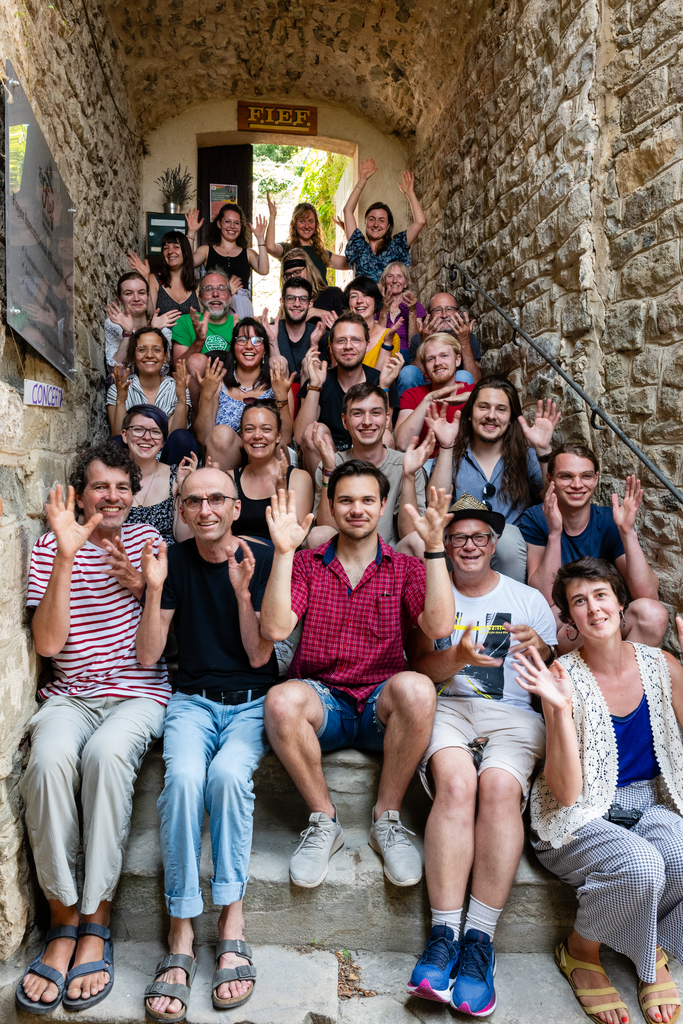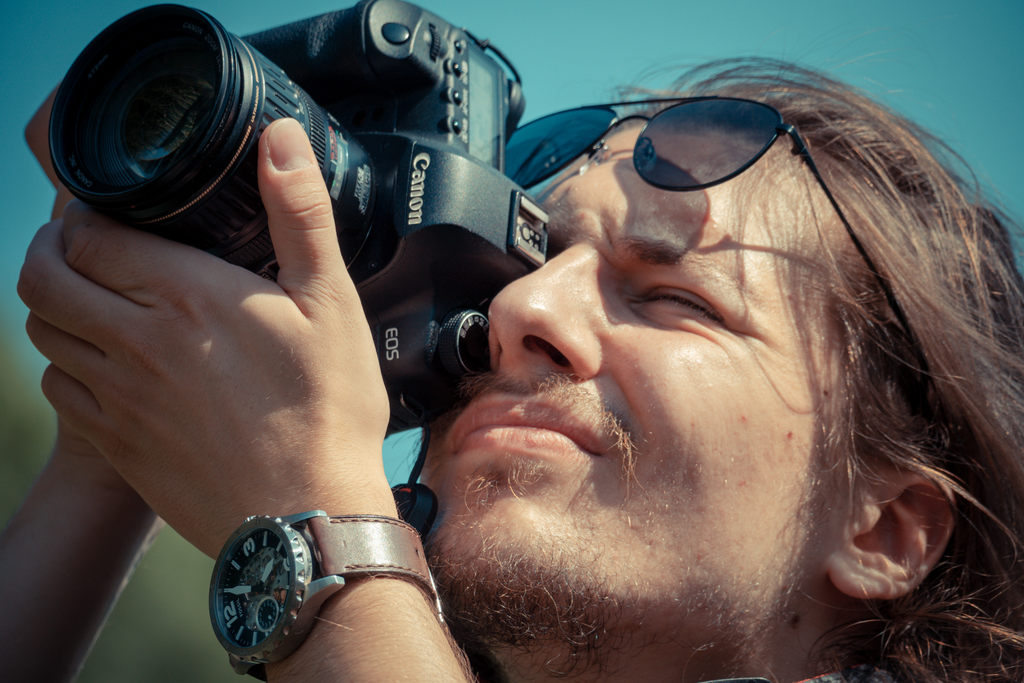Is a picture is worth a thousand words? Any self-respecting interpreter would certainly think so, yet conveying complex concepts, messages and thoughts often requires short narratives to get to the heart of the matter. That was the challenge set to an enthusiastic group of French and German history students at an experimental workshop jointly delivered by Sandy Colvine from Open to Interpretation, together with Andreas Langen and Kai Loges from Die Arge Lola.
The students were introduced to key photographic and interpretive techniques to capture the unique character of the area between Dieulefit and La Begude de Mazenc, in Drôme Provençale, a hotbed of civil and humanitarian resistance during German occupation in WWII. The resulting projection of photographs and interpretive texts on sites, objects and places over 80 years later captured a pervading sense of place on an intellectual and emotional level, going far beyond mere description and explanation.
Just as interpreters transform information into something relevant, engaging and meaningful, historians interpret our past based on facts and knowledge. There are no right answers but different versions of the truth. In addition to invaluable one-to-one tuition rarely available in higher education programmes, the young historians also confronted the challenge of communicating meaningfully to a non-specialist audience, something they will have to master if their careers take them outside academic circles, such as in tourism, museums and conservation, etc.
Many thanks to the FIEF for hosting our workshop and to FGYO for their financial support. A booklet of the combined work is currently being produced so check back soon to view it here!



